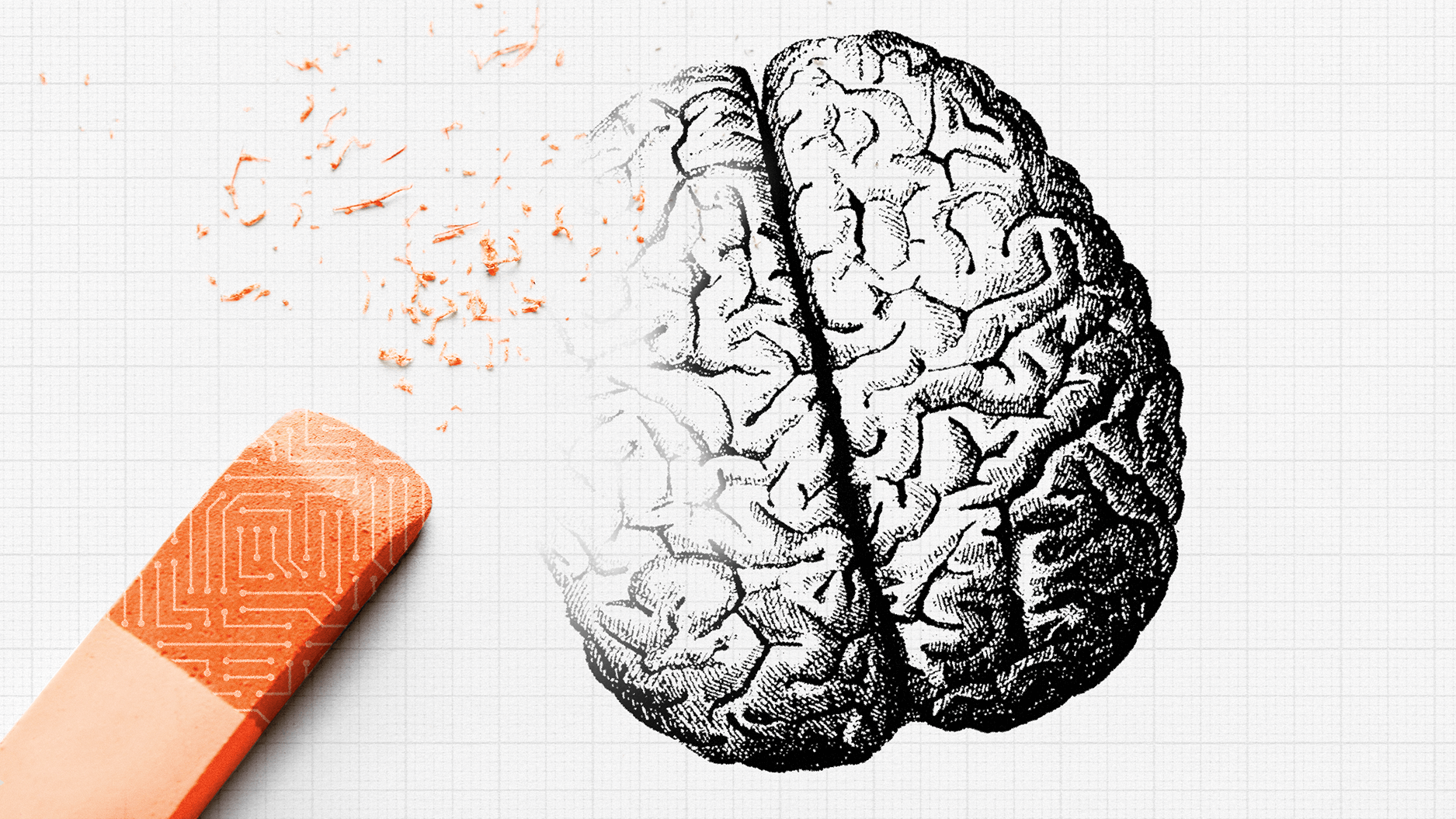What are fractals? The man who invented the term—and the geometry to go along with it—explains how complex natural shapes such as mountains and coastlines can be represented mathematically.
Question: What is fractal geometry?
Benoit Mandelbrot: Well, regular geometry, the geometry of Euclid, is concerned with shapes which are smooth, except perhaps for corners and lines, special lines which are singularities, but some shapes in nature are so complicated that they are equally complicated at the big scale and come closer and closer and they don’t become any less complicated. Closer and closer, or you go farther or farther, they remain equally complicated. There is never a plane, never a straight line, never anything smooth and ordinary. The idea is very, very vague, is expressed – it’s an expression of reality.
Fractal geometry is a new subject and each definition I try to give for it has turned out to be inappropriate. So I’m now being cagey and saying there are very complex shapes which would be the same from close by and far away.
Question: What does it mean to say that fractal shapes are self-similar?
Benoit Mandelbrot: Well, if you look at a shape like a straight line, what’s remarkable is that if you look at a straight line from close by, from far away, it is the same; it is a straight line. That is, the straight line has a property of self-similarity. Each piece of the straight line is the same as the whole line when used to a big or small extent. The plane again has the same property. For a long time, it was widely believed that the only shapes having these extraordinary properties are the straight line, the whole plane, the whole space. Now in a certain sense, self-similarity is a dull subject because you are used to very familiar shapes. But that is not the case. Now many shapes which are self-similar again, the same seen from close by and far away, and which are far from being straight or plane or solid. And those shapes, which I studied and collected and put together and applied in many, many domains, I called fractals.
Question: How can complex natural shapes be represented mathematically?
Benoit Mandelbrot: Well, historically, a mountain could not be represented, except for a few mountains which are almost like cones. Mountains are very complicated. If you look closer and closer, you find greater and greater details. If you look away until you find that bigger details become visible, and in a certain sense this same structure appears at those scales. If you look at coastlines, if you look at that them from far away, from an airplane, well, you don’t see details, you see a certain complication. When you come closer, the complication becomes more local, but again continues. And come closer and closer and closer, the coastline becomes longer and longer and longer because it has more detail entering in. However, these details amazingly enough enters this certain this certain regular fashion. Therefore, one can study a coastline **** object because the geometry for that existed for a long time, and then I put it together and applied it to many domains.
Recorded on February 17, 2010
Interviewed by Austin rnAllen





